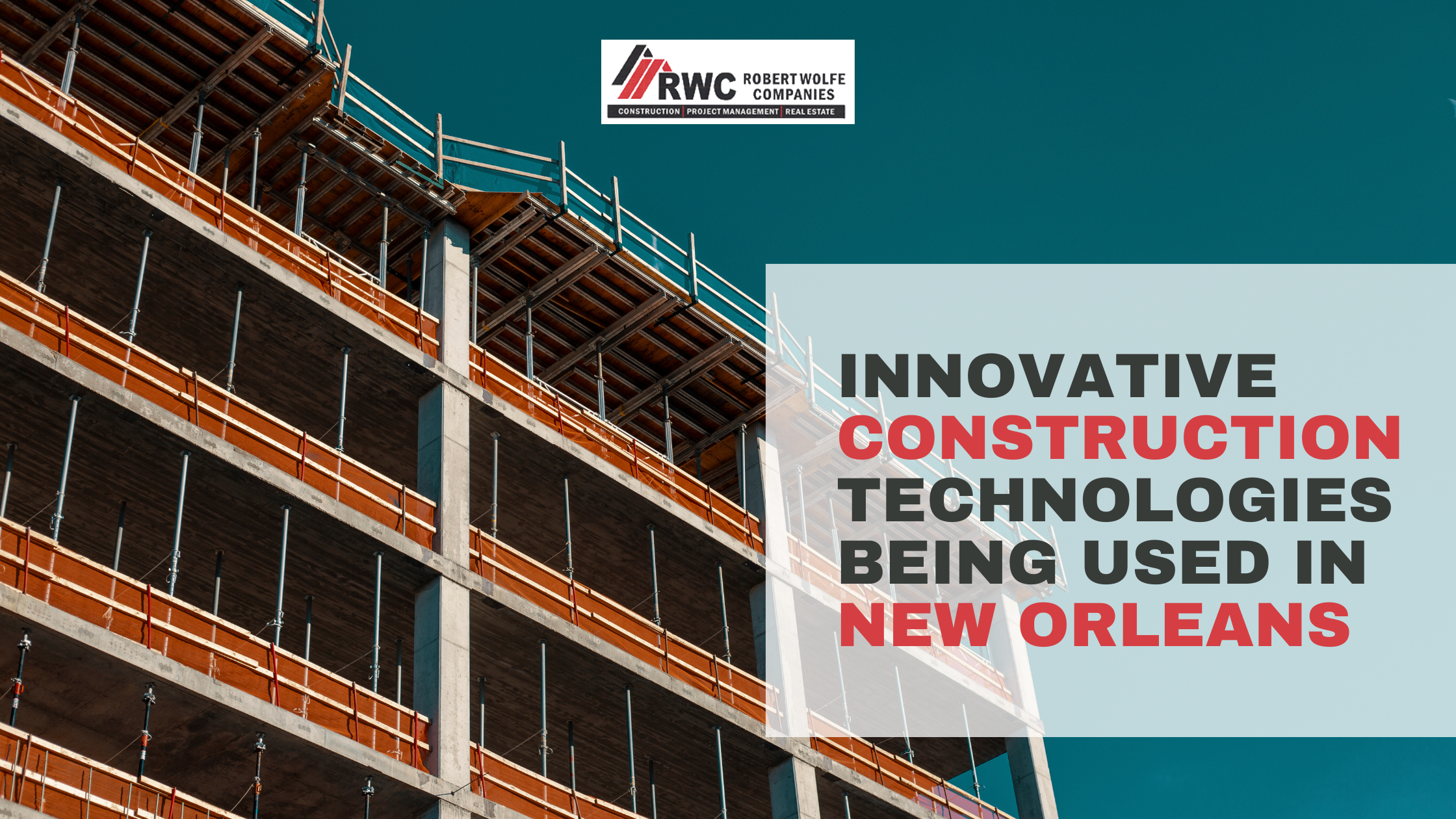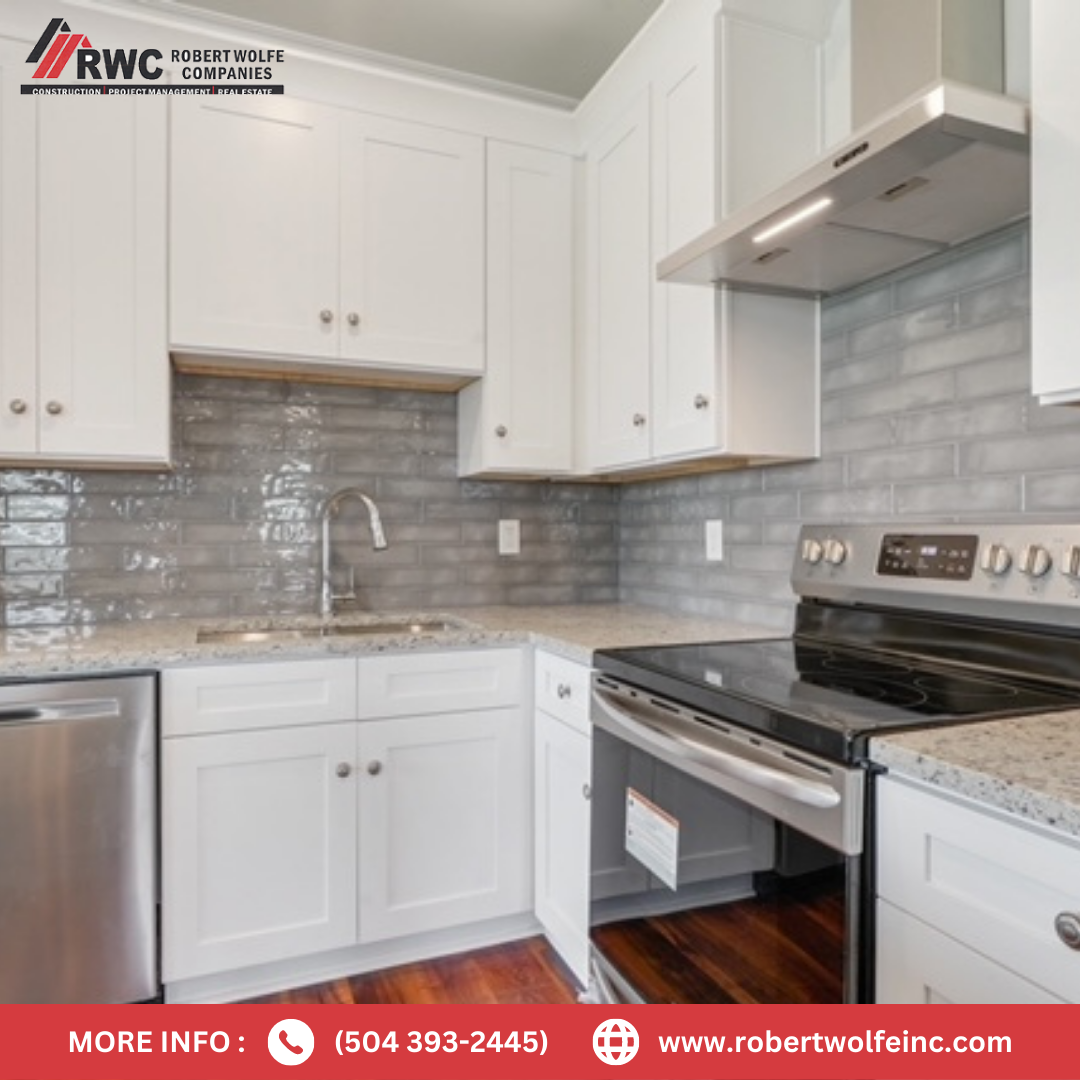Innovative Construction Technologies Used in New Orleans
Modern technologies are transforming the design, construction, and operation of buildings in the commercial construction industry. Cities where innovation and tradition combine set a for innovation in construction. Let us examine some of the most innovative developments that bring commercial construction into a smart, eco-friendly, and productive future.
· Computer-Aided Design
In commercial buildings, computer-aided design (CAD) software has become an essential tool that promotes a collaborative design process by enabling engineers and architects to produce intricate 3D models of buildings. So, before construction starts, stakeholders can virtually explore the entire project with CAD to find any potential conflicts, such as overlapping plumbing and electrical systems. It results in less expensive rework, saving time and money and enabling the creation of more imaginative and valuable commercial spaces.
· Sustainable Materials
The eco-friendly materials in commercial construction in New Orleans provide a future-proof; for instance, prefabricated cross-laminated timber (CLT) panels provide a sturdy and environmentally beneficial substitute for conventional concrete or steel. Additionally, developments in self-healing concrete produce structures that can autonomously patch cracks, saving maintenance expenses and increasing a building's lifespan - a benefit to the environment and building owners.
· 3D Printing Construction
3D printing technology will positively impact commercial construction. While large-scale printing of entire buildings is still in its early stages, smaller-scale applications are already transforming the industry. Contractors can 3D print custom building components on-site (such as ductwork and architectural elements); this reduces waste and saves valuable time compared to traditional manufacturing methods.
· Prefabrication
Commercial developers are adopting the prefabrication method, where building components—walls, floors, entire modules—are manufactured off-site in a controlled environment. This leads to several advantages: improved quality control due to factory settings, reduced waste on construction sites, and faster construction times. Prefabrication is well-suited for the commercial boom, allowing for rapid development without compromising on quality.
· AR and VR
Virtual reality (VR) and augmented reality (AR) are revolutionizing the design and construction of commercial spaces. Architects and developers can use VR to create immersive walkthroughs of a building before construction for real-time feedback and design adjustments. On the other hand, AR reconstructs digital information into the real world, enabling construction workers to view building plans and details directly on-site through AR glasses, improving accuracy and decreasing reliance on paper plans.
· Mechanization for Efficiency
Though skilled labor is still essential in commercial construction, automation is employed simultaneously to increase productivity and safety. Advanced robotic systems perform automated bricklaying and steel rebar insertion to save time and lower the danger of worker injuries. Drones also offer high-resolution scans and progress tracking of building sites, removing the need for labor-intensive and dangerous physical inspections.
By adopting these innovations, the commercial construction sector is constructing a sustainable and efficient future and fostering a safer and more cooperative work environment.
Be a Part of a Green and Eco-Friendly Future
Robert Wolf Companies in New Orleans offers comprehensive services in commercial construction - from concept to completion. With expertise in logistics, design, engineering, and construction, they ensure your vision becomes reality. The collaborative approach delivers sustainable, adaptable projects that meet current and future needs.



.png)
Comments
Post a Comment